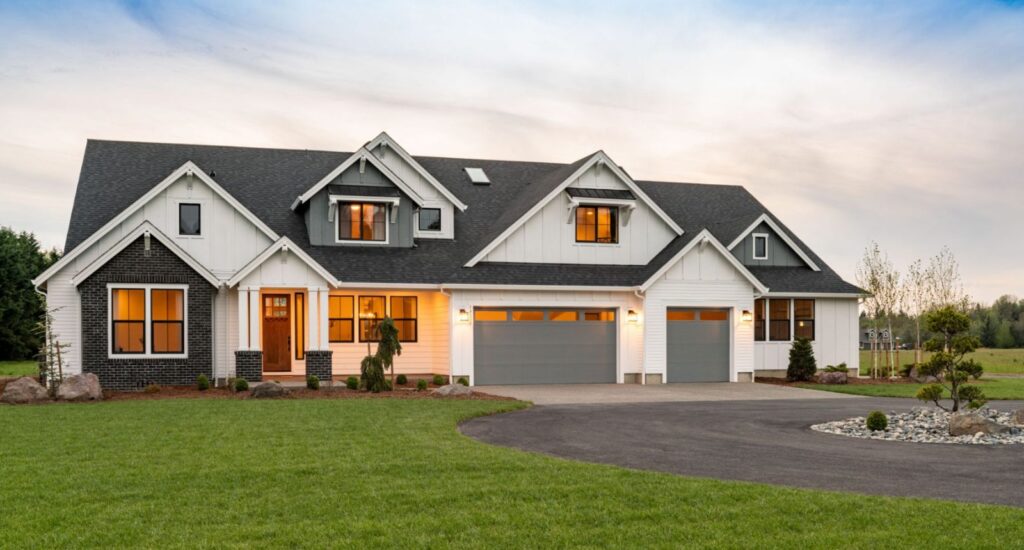In recent years, a growing number of innovative home builders have turned their attention to the affordable housing market, focusing on custom designs that break away from the traditional, cookie-cutter models. These builders are redefining what affordable housing can look like, blending functionality with modern aesthetics; all while keeping costs low for buyers. One of the key drivers of this shift is the demand for more personalized living spaces. As homeownership becomes more attainable for younger generations and first-time buyers, there is a stronger emphasis on individuality. Emerging home builders recognize that even those with limited budgets do not want to sacrifice style or personalization. This desire for uniqueness, once reserved for higher-end housing markets, is now influencing the design strategies of affordable housing projects. The advancements in technology and construction methods have played a pivotal role in allowing builders to deliver custom designs without inflating costs.

Modular and prefabricated construction techniques, for example, have gained traction in the affordable housing sector. These methods involve building sections of the home off-site in a controlled factory environment, then transporting and assembling them on location. By streamlining the construction process, builders can minimize labor costs and reduce waste, ultimately passing on these savings to homebuyers. Furthermore, prefabricated homes allow for design flexibility, enabling buyers to choose from a range of floor plans and custom home builders Castle Hill finishes that reflect their personal tastes. Sustainability is another important factor driving the innovation in affordable housing. Emerging home builders are incorporating green building practices and energy-efficient materials into their projects, not only to appeal to eco-conscious buyers but also to reduce long-term living expenses. Solar panels, energy-efficient appliances, and high-performance insulation are just some of the features being integrated into new homes, significantly lowering utility costs for homeowners. For many buyers in the affordable housing market, the promise of reduced energy bills makes homeownership more feasible over the long term.
A key aspect of these custom-designed affordable homes is their adaptability. Builders are creating homes that can evolve with the needs of their owners. For instance, homes are being designed with flexible spaces that can be converted into offices, playrooms, or additional bedrooms as family sizes and lifestyles change. This adaptability not only increases the functionality of the homes but also enhances their long-term value. Despite the challenges associated with rising land and material costs, emerging home builders are finding creative solutions to maintain affordability. Some are partnering with local governments and non-profit organizations to access incentives, grants, and affordable land. Others are embracing new financing models, such as shared equity schemes, to make homeownership more attainable for low- and middle-income families. The movement toward custom-designed affordable housing is reshaping the real estate landscape. Emerging home builders are combining cutting-edge technology, sustainable practices, and innovative financing to offer personalized homes at prices that many can afford.
